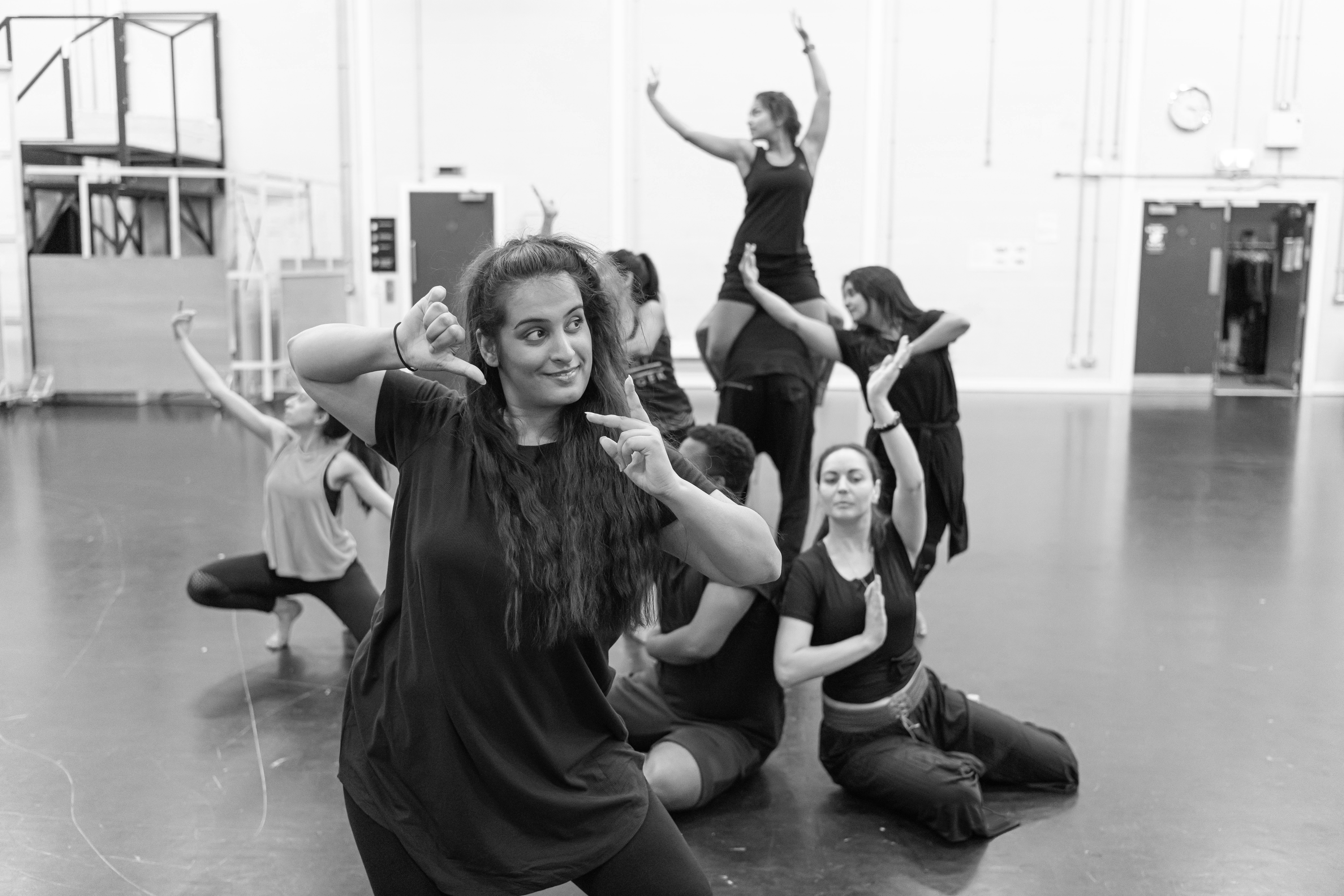History of Bollywood Cinema

The name Bollywood immediately creates images of vivid sets, extravagant costumes and props, elaborately choreographed dance numbers, up-beat songs and a huge cast all longing for a happy-ever-after. But, when did it all begin?
Often used to summarise all films produced in India, the name infuses “Bombay” (the city now known as Mumbai) with “Hollywood” and created the ever-popular Bollywood film industry during the 1970s.
As one of the largest centres of film production in the world, Indian cinema dates to 1913. Dadasaheb Phalke’s Raja Harishchandra became the first-ever full-length Indian feature film and was far away from the stereotypical visions of Bollywood which usually spring to mind. Despite being a silent film and released in black and white, the film catapulted India’s film industry’s popularity and saw 23 films released between 1913 and 1918!
The film inspired a generation and people quickly started making films and looking for careers in production roles. By the 1930s, 200 movies per year were produced in India. With an explosion of interest and development of technology, Alam Ara became the first Indian film with sound to premiere in 1931 before Kisan Kanya became the first Indian coloured film to take to the screens in 1937.
Gaining independence from the British Raj was tough and spanned from 1857 to 1947 – lasting a gruelling 900 years. However, the struggles in gaining India’s independence enthused the film industry. The 1950s became regarded by film historians as the Golden Age of Hindi cinema, some of the most critically acclaimed films in Indian cinema were created during this time and explored the difficult working-class life in India and the reality of urban life.
Leading from the 1960s to the early 1970s came the birth of Modern Bollywood Cinema. This included the domination of two distinct genres: boy-meets-girl romance films and gritty action productions.
In the 1970’s the name “Bollywood” was officially coined as conventions of commercial Bollywood films truly became defined. The 80s and 90s brought back spotlight romantic musicals and family-centric films, and in 1995, Dilwale Dulhania Le Jayenge was released. Becoming the highest grossing Bollywood film of the year and one of the most successful Indian films in history, its soundtrack became one of the most popular of the 1990s. Even today, the film has been showing at a Mumbai cinema, Maratha Mandir, since its original release in 1995.
With Bollywood still as loved as it always has been, the industry is as successful as ever with established stars taking on leading roles. Bollywood has inspired films overseas including Danny Boyle’s Slumdog Millionaire which won four Golden Globes and eight Academy Awards, and Moulin Rouge which director Baz Luhrmann says was influenced by Bollywood Musicals.
Tickets for Bollywood Jane at Curve are on sale now. To book, click here, call 0116 242 3595 or visit the Box Office in person at Curve.
Sources